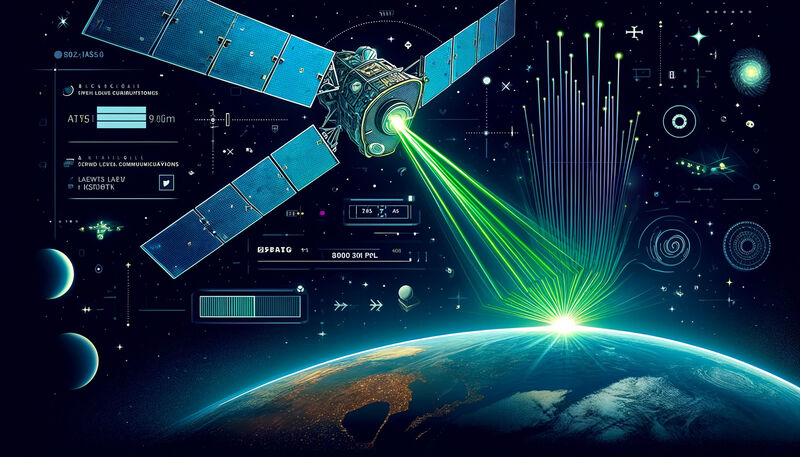NASA's Psyche Mission Tests Advanced Space Lasers for Faster Data Transmission

On October 13, 2023, NASA launched the Psyche mission to explore the metallic asteroid 16 Psyche, a journey aimed at uncovering the mysteries of planetary cores. Slated to arrive at its destination in 2029, the mission is also a platform for testing groundbreaking technology: the Deep Space Optical Communications (DSOC) experiment. This experiment represents a significant leap in space communication technology, using lasers to potentially enhance data transmission speeds beyond the traditional radio systems.
NASA recently achieved a significant milestone with its DSOC experiment aboard the Psyche spacecraft. Over 140 million miles away from Earth, the DSOC module successfully transmitted engineering data at unprecedented speeds. This test marked the first instance of integrating laser optical communications technology with the spacecraft’s existing radio frequency transmitter, demonstrating the module's ability to send data back to Earth at a rate of 25 megabits per second.
During an orbital pass on April 8, the mission team, led by Meera Srinivasan at NASA's Jet Propulsion Laboratory, managed to download around 10 minutes of critical spacecraft data. Initially, the team had restricted the DSOC's use to sending test and diagnostic data. The successful transmission of actual engineering data is a groundbreaking development, showcasing the potential of optical communications to work seamlessly with more traditional radio communication systems.
While the Psyche spacecraft primarily uses conventional radio technology for data transmission, the DSOC experiment could revolutionize how we send and receive data across space. In a test conducted on December 11, 2023, the DSOC achieved a peak data rate of 267 Mbps when Psyche was significantly closer to Earth. Although the data transmission rate expectedly dropped to 25 Mbps over a longer distance in the April test, it still far exceeded NASA’s initial projections.
Despite these advancements, optical communications like DSOC require optimal conditions such as clear skies and favorable weather to establish a successful link. These requirements highlight why laser systems may not completely replace radio frequency communications soon but will likely serve as a complementary technology that enhances the speed and efficiency of space data transmission.
As the Psyche mission continues towards its primary scientific target, the insights gained from the DSOC experiment are proving invaluable. Not only could this technology significantly cut down the time needed to send and receive data across vast distances, but it also opens up new possibilities for future missions where speed of communication is crucial. NASA’s ongoing experiments with laser-based communications are setting the stage for a new era of faster, more efficient space exploration.

